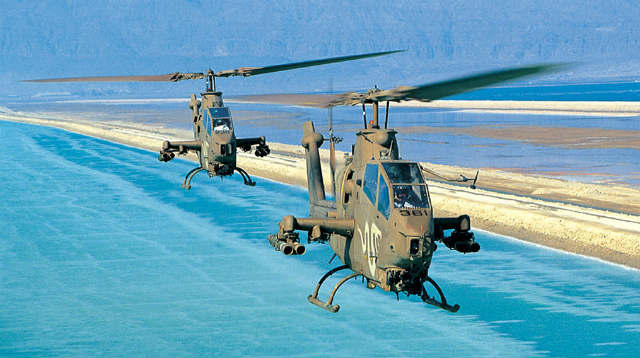A urethane coating on the tail rotor blades of an Israeli air force Bell AH-1 Cobra "Zefa" attack helicopter probably prevented the early detection of a crack that caused it to crash on 11 March, according to an assessment by an investigation team.
Two air force pilots were killed in the incident, which happened around 1h into a training flight being conducted from Palmachim air base in central Israel.
An investigation carried out by the service points to the development of a crack that was not detected during routine inspections, as it started in the leading edge of one of the aluminium blades that was protected by a urethane coating.
 |
|---|
Israeli air force |
The air force's final investigation report will be completed soon, following a series of additional tests.
The effects of extended use of helicopters in erosive environments are well documented, with main and tail rotor blade erosion among the leading drivers of a rotorcraft's cost per flight hour.
The addition of polyurethane coatings provides a means of reducing these costs, but require frequent touch-ups to prevent more severe damage. They also offer little protection from damage resulting from the sand cloud kicked up during take-offs and landings.
Source: Flight International



















